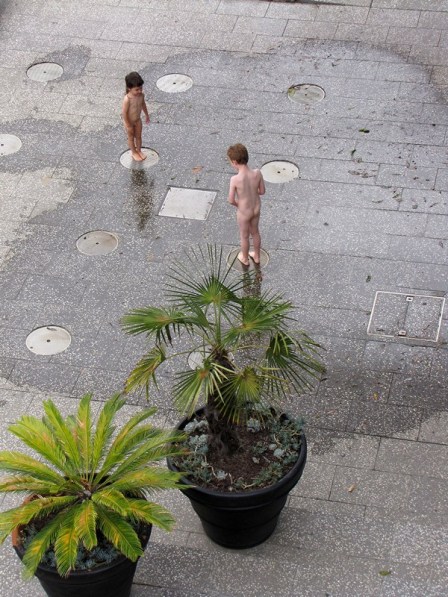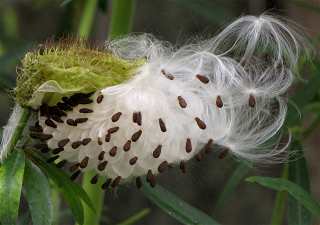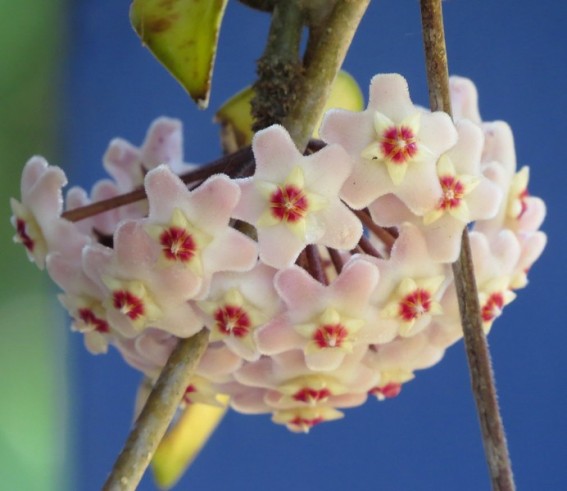Some “ornamental” plants are already part of our plate – crystallised angelica, violet flowers and rose petals – but there are plenty of other choices in your yard and one of the easiest ways to use them is to toss them together in the salad bowl.
Oddly, many fall under the category of “weeds”, although herbalist Jenny Ager-Pratt defines a weed as “only something you’re not using, or don’t know how to use”.
Jenny, who is president of the Katikati Herb Society, acknowledges that others might find her garden a bit on the wild side, but loves it because it is overgrown, surprising and useful.
“I can make medicine from my plants, eat, drink, smell them and enjoy their beauty, and that excites me.
“And frankly, life is busy enough without having to plant everything in rows. You pick these so-called weeds from your garden, make a salad and five minutes later you’re eating them, getting all that wonderful vitality.”
She is interested that some of our wild plants were once used in herbal medicine but have fallen out of favour.
“Broom was for raising blood pressure, but honestly how many need that these days? We all want our blood pressure reduced.”
Jenny has heard that gorse flowers were once used to treat diabetes and wants to find out more.
She also uses her garden to teach people interested in herbalism and sustainability, and says learning to identify plants is paramount in herbalism yet one of the hardest skills to master.
“For instance, a dandelion has a single yellow flower on a single stem. The stem is quite thick and hollow with a milky white sap. The leaves are serrated, hairless and shiny. However, younger leaves are not necessarily as indented.

Dandelion. Photo: Sandra Simpson
“Hawkbit also has yellow flowers but has many flowers on one thin, solid stem. Its leaves can be serrated but they are hairy. And you mustn’t eat it.”
Chickweed can be a hard one to identify, but Jenny points out that its flower resembles a small, white star and that its single line of hair travelling up the stem changes sides between each pair of leaves.

Chickweed. Photo: Sandra Simpson
If you’re willing to try, there are many plants that can be eaten – but examine it first to see if it has any red markings.
“Nature has given many poisonous things red spots and they should act like a stop sign, so check something unknown carefully.”
If you’re still unsure, Jenny advises smelling it and, if that doesn’t throw up a warning, pick a very small piece of leaf and nibble it between your front teeth.
“Keep nibbling for a while and see how it goes – the poisonous ones tend to start off all right, but get stronger and stronger until you spit it out because it’s so awful.
“The amount you’ve had should be so small that it can do no harm, but you’ve learned from it.”
Think about where you are collecting wild plants – for instance, not from beside a busy road (exhaust fumes) – and being very sure of a farmer’s spray regime before picking from a paddock (and, of course, asking permission first).
But despite finding uses for cooch and plantain grasses (the running roots of the former treat urinary infections while the latter draws out bee stings and is good for the upper respiratory system), there are some plants at which she draws the line.
Milk thistle (Silybum marianum), widely used in over-the-counter herbal preparations, is a pest plant.
It has a “nice crunchy leaf” for eating but is not worth the effort of growing, Jenny says.
“Milk thistle is a prolific plant and could potentially ruin an entire agricultural area. Some herbs just don’t help themselves.”
First, catch your weed
Italian-born cook Antonio Carluccio advises using only the young, tender leaves of dandelion in a salad and tossing them with a handful of anchovy fillets, some hard- boiled egg and vinaigrette. When picking leaves choose very bright, fresh-looking leaves, he says, avoiding any that are yellowed, look coarse or have sturdy stems.
Tessa Kiros in her Twelve cookbook advises wearing rubber gloves to pick and process nettles – washing them removes the sting. She suggests using “vitamin-rich” nettles like spinach in a gnocchi sauce or in a frittata made from the tips of nettles (substitute silverbeet). You’ll find nettles used in traditional Gouda cheese in The Netherlands and, Kiros says, they are prized for their healing properties.
The aptly named Susun Weed offers some useful growing and eating tips on her website, while closer to home chef Charles Royal has recipes on this website.

Nasturtium. Photo: Sandra Simpson
Edible garden (and lawn)
- Dandelion: Young leaves are a strong diuretic (an old English name is “wet the bed”) that nonetheless replaces potassium. Flowers also edible.
- Heart’s ease (Viola tricolour): Flowers for capillary strength, useful for varicose veins.
- Red clover: Flowers for clear skin and a blood purifier (don’t use white clover).
- Chickweed (Stellaria media): Leaves good for skin complaints like eczema (macerate in oil and apply externally too).
- Violet & evening primrose: Leaves soothe mucous membranes.
- Borage: Flowers for Omega 6 fats; in folklore borage flowers were eaten for courage.
- Biddybid (cleavers, Galium aparine): Leaves (cut very finely so they don’t stick to your mouth) are a lymphatic tonic.
- Hawthorn: Flowers and young leaves are a heart tonic, berries less so but also good.
- Marigold (Calendula officianalis): Flower petals.
- Nasturtium: Leaves and flowers.
This article was first published in the Bay of Plenty Times and appears here with permission. It has been edited slightly.


















